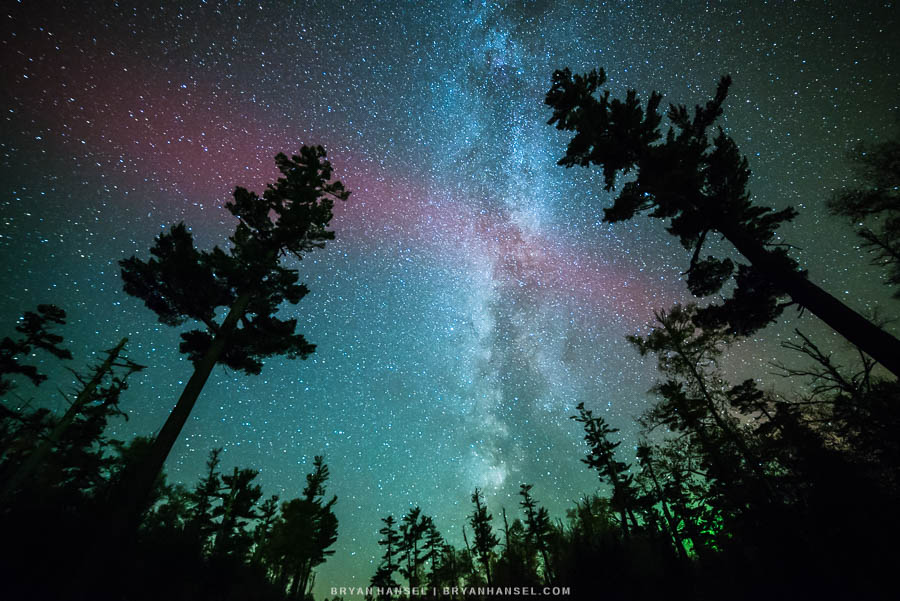It’s hard to believe that it’s November already. October went so quickly that I don’t even really remember it. At the beginning of the month, they wind blew the fall colors off of the trees and at the end of the month I taught a Night Photography Class at the North House Folk School. What went on in between, I don’t really remember. Although, I did get out photographing a bunch. It’s also starting to be my favorite time of the year, because the sun rises and sets over Lake Superior when you’re in Grand Marais, and it’s almost ice season on the big lake!!!
Quick and Dirty Night Photography

With modern DSLRs and m4/3rds cameras, we’re finally able to capture high-quality night images easily, even with entry-level cameras, such as the Nikon D3200, which runs only about $600 and has an amazing sensor (one of the best in Nikon’s DX line). Even with slower f/4 lenses, the world of night photography is now available for anyone that wants to try it.
So, here’s my quick and dirty night photography advice.
First, you need a few items if you don’t already have them:
- Sturdy tripod. The sturdier the better.
- Shutter release cord.
- A wide angle lens: 16 to 35 in full frame, 12 to 24 in cropped, or 8 to 18 in m4/3rds. Try to make sure it has a aperture of at least f/4 at the widest, f/2.8 is better, f/1.4 is the best.
Go outside on a clear or partly cloudy night and find something cool, like interesting trees, hills, mountains, lakes, etc… to put on the bottom third of your composition for your picture. In the northwoods, trees work great, but I really love reflections in calm lakes. Then set you camera up like this:
- ISO 800
- Shutter speed: 30 seconds
- Aperture: f/2.8 or f/4
- White Balance: Incandescent or Tungsten
It’s best to shoot in RAW and use Adobe Lightroom to process the image, because RAW captures more data, which you’ll need in night photography.
Now,
- Lock your camera onto your tripod.
- Compose so that the sky is most of your composition, but keep that interesting stuff in the bottom third (trees can go higher).
- Shine a really really bright flashlight onto a tree in your composition and use your autofocus to focus on the brightness. Or set your lens at infinity. After you focus, turn off the autofocus.
- Plug in your shutter release cord.
- Take a picture using the shutter release cord (use mirror lockup if you have it).
Check the picture. If:
- Too dark: increase the ISO to 1,600 to 3,200
- Too bright: shorten your shutter speed or drop your ISO to 400 or 200.
Want the Milky Way in your shot, you’ll need an ISO of 1,600 to 3,200 to 6,400 and a really dark night.
Let me know if you get a good shot.

Leave a Reply